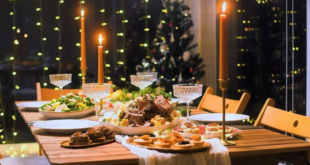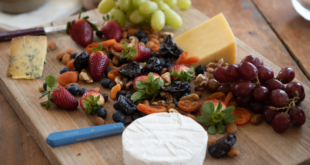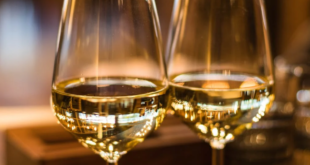Have you ever felt a bit lost in wine tasting, not knowing where to start or what to look for? You’re not alone.
Most people feel a bit intimidated when it comes to wine knowledge. But don’t let that put you off trying new wines. Wine tasting is a joy anyone can experience, whether you’re a wine lover or just curious. And you may discover a new favourite.
Here are a few simple tips from the UK’s leading online wine store Laithwaites to help you get the most from a wine tasting, from exploring the aromas and flavours to the textures of each wine.
Let’s get into it!
What you need for wine tasting at home
- Wine: Grab a mix of 5-7 red and white wines – a Laithwaites wine subscription is the perfect place to start.
- Glasses: Use all-purpose glasses with a wide bowl that tapers at the top.
- Lighting: Natural light is best for seeing the wine’s colour. A white background helps, too – a piece of white paper or a white tablecloth – can help you see a wine’s colour.
- Temperature: Serve wine at the right temperature for the best flavour.
- Breathing time: Let bold, full-bodied red wines aerate or “breathe” by swirling the wine in your glass or decanting.
Five steps of wine tasting
Try the easy five S’s of wine tasting.
- See: Observe the wine’s colour and clarity. Hold your glass up to a light or against a white background. What do you notice? White wines can range from pale straw to deep gold, while red wines can be anywhere from light ruby to dark garnet.
- Swirl: This step aerates the wine, releasing its aromas. Gently swirl your glass and watch how the wine moves. Thicker wines will cling to the glass, creating “legs” or “tears.”
- Sniff: Place your nose over the glass and take a deep breath. What scents do you pick up? Common aromas include fruits, flowers, spices, and even earthy elements. Look out for complex flavours like tobacco or truffle in aged wines. Don’t rush this step; aromas can reveal a lot about the wine’s character.
- Sip: Take a small sip and let the wine coat your mouth. Light wines feel like water; full-bodied ones feel heavier, like cream. Notice the flavours and how they develop. Do you taste fruits, herbs, or maybe something unexpected?
- Savour: Finally, consider the wine’s finish. How long does the flavour linger after you’ve swallowed? A long, complex finish is often a sign of a well-made wine.
Wine characteristics
When tasting wine, you’ll discover several key characteristics defining its profile.
Acidity
Acidity gives a wine its crispness and zest. High-acidity wines tend to be more refreshing and are often described as having a tart or tangy taste. Think of the mouth-watering sensation you get when biting into a green apple.
Tannins
Tannins contribute to a wine’s structure and ageing potential, often providing a drying sensation. They are more common in red wines and can be derived from grape skins, seeds, and oak barrels. If you’ve ever experienced a puckering feeling on your palate, that’s the tannins at work.
Body
The body refers to the wine’s weight or fullness in your mouth. Wines can range from light-bodied (like a delicate Pinot Grigio) to full-bodied (like a robust Cabernet Sauvignon). A wine’s body is influenced by alcohol, sugar and tannins.
Sweetness
From bone dry to lusciously sweet, wines can cover a wide spectrum of sweetness. Pay attention to your taste buds – can you detect any residual sugar, or is the wine entirely dry?
Aroma and flavour
Wine aromas and flavours are incredibly diverse. They can include notes of fruits (berries, citrus, stone fruits), flowers (roses, lavender), spices (pepper, vanilla), and even more complex elements like tobacco or leather. Each sip can reveal new layers.
Practical tips for wine tasting
Now that you’ve mastered the basics, here are some practical tips for tasting wine.
- Start with lighter wines: Progress from lighter to heavier wines to prevent your palate from becoming overwhelmed.
- Cleanse your palate: Have some water or mild bread between tastings to reset your taste buds.
- Take notes: Jot down your observations. Over time, you’ll start recognizing patterns in your preferences.
- Ask questions: Don’t hesitate to ask wine servers or more experienced tasters for insight. Learning is part of the fun!
- Enjoy the experience: Remember, wine tasting is about enjoyment. Don’t stress over “getting it right”; everyone’s palate is unique.
By understanding the basics and trying the five S’s, you’ll quickly learn to uncover the nuances of each wine you try. So, next time you’re at a tasting event or enjoying a glass at home, take a moment to see, swirl, sniff, sip and savour.
 Vino-Club For Wine Lovers
Vino-Club For Wine Lovers







